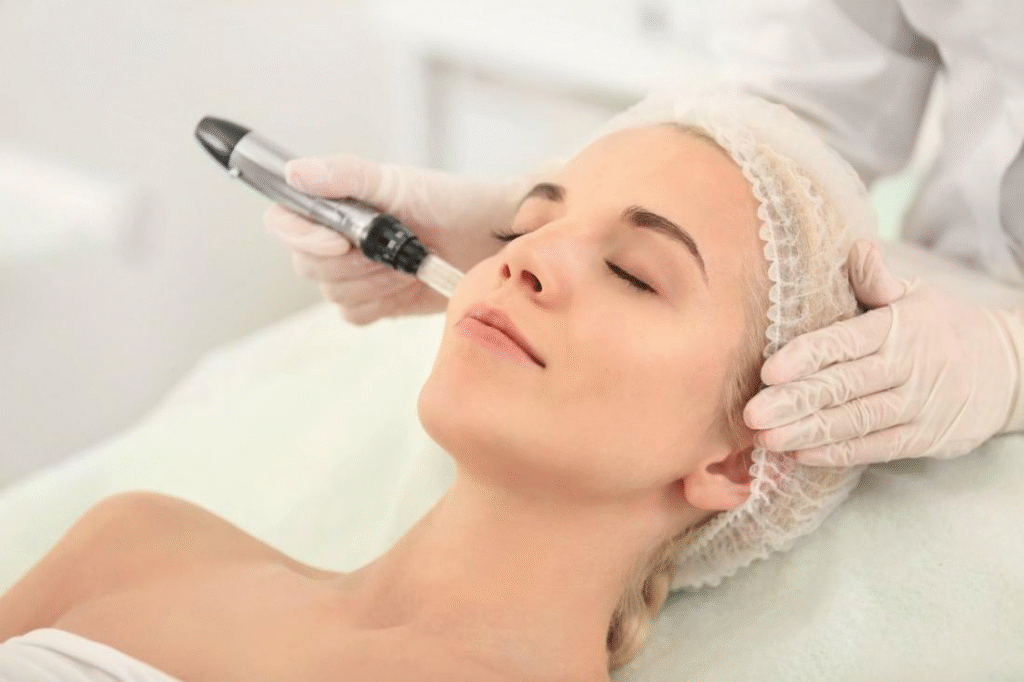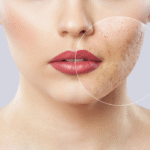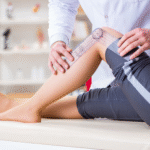Acne scars can feel like a frustrating reminder of the past, even long after breakouts have healed. Many people try creams, serums, and home remedies, but deep or stubborn scars often need more advanced treatments. That’s where laser therapy for acne scars comes in.
In recent years, laser treatments have gained popularity because they provide visible improvements in skin texture, tone, and overall appearance. But what really happens before and after laser therapy for acne scars? Let’s break it down step by step in simple terms.
Understanding Acne Scars
Acne scars form when the skin tries to heal itself after breakouts. Sometimes the healing process produces too little or too much collagen, leaving behind marks.
Types of acne scars include:
- Atrophic scars (indented scars): These include boxcar, ice-pick, and rolling scars.
- Hypertrophic scars (raised scars): These occur when the skin produces too much collagen.
- Post-inflammatory hyperpigmentation: Dark spots left behind after acne clears.
Laser therapy targets these imperfections by encouraging new skin growth and collagen production.
What Is Laser Therapy for Acne Scars?
Laser therapy uses concentrated beams of light to resurface the skin or stimulate collagen deep within. Different types of lasers are used depending on scar type and severity.
Main types of lasers for acne scars:
- Ablative lasers (like CO2 and Er:YAG): Remove thin layers of skin, improving texture and reducing deep scars.
- Non-ablative lasers (like Nd:YAG and pulsed-dye): Work beneath the surface to stimulate collagen with less downtime.
- Fractional lasers: Treat small “fractions” of the skin, leaving surrounding tissue intact for faster healing.
A dermatologist will recommend the right type based on your skin and scar condition.
Preparing for Laser Therapy: Before the Procedure
Before undergoing laser therapy, there are important steps to follow for safe and effective results.
1. Consultation
You’ll first meet with a dermatologist who will:
- Examine your skin type and scars.
- Discuss your goals and expectations.
- Suggest the best laser treatment plan.
2. Skin Preparation
Before treatment, doctors often advise:
- Avoiding sun exposure and tanning.
- Stopping certain acne medications (like isotretinoin) for several months.
- Using prescribed topical creams to prep the skin.
- Avoiding harsh skincare products (like retinoids or exfoliants) a few days before the session.
3. Mental Preparation
Laser therapy is safe, but it’s important to set realistic expectations. Results may not be immediate, and multiple sessions are often required for best outcomes.
The Laser Therapy Session: What Happens During
During your appointment, here’s what usually happens:
- Cleansing and numbing: The skin is cleaned, and a numbing cream or local anesthesia may be applied.
- Laser application: The dermatologist moves the laser device across scarred areas. You might feel mild heat or snapping sensations.
- Cooling measures: Some machines have cooling systems to keep the skin comfortable.
- Duration: Sessions typically last 30 minutes to 1 hour, depending on the treatment area.
After Laser Therapy: What to Expect
After the session, your skin will go through a healing process.
Immediate After-Effects
- Redness, swelling, and mild discomfort (like a sunburn).
- Possible peeling or scabbing as the skin renews.
- Increased sensitivity to sunlight.
Recovery Time
- Ablative lasers: Downtime may last 7–14 days.
- Non-ablative lasers: Minimal downtime, often just a day or two.
- Fractional lasers: Recovery is usually between 3–7 days.
Long-Term Results
- Gradual improvements over weeks as collagen builds.
- Scars appear smoother, skin tone becomes more even.
- Multiple sessions (usually 3–6) may be necessary for noticeable results.
Laser Therapy for Acne Scars: Before and After Results
The transformation can be significant.
Before treatment:
- Skin may look uneven, with deep scars and rough texture.
- Confidence may be affected due to visible marks.
After treatment:
- Scars appear shallower or less noticeable.
- Skin texture feels smoother and healthier.
- Dark spots fade, leading to a brighter complexion.
- Self-confidence often improves along with appearance.
Benefits of Laser Therapy
- Non-surgical and minimally invasive.
- Improves skin texture and tone.
- Encourages natural collagen production.
- Long-lasting results with proper care.
Possible Side Effects and Risks
While laser therapy is generally safe, some risks include:
- Temporary redness and swelling.
- Hyperpigmentation or hypopigmentation (especially in darker skin tones).
- Infection if aftercare is neglected.
- Scarring (rare, but possible with improper care).
Always choose a qualified dermatologist to reduce risks.
Cost of Laser Therapy
The cost varies depending on the type of laser, location, and number of sessions required. On average:
- Non-ablative lasers: $300–$600 per session.
- Ablative lasers: $1,000–$3,000 per session.
- Fractional lasers: $500–$1,500 per session.
Since multiple sessions are often needed, it’s wise to plan for the full treatment journey.
Tips for Maximizing Results
- Follow all pre-treatment and aftercare instructions.
- Use sunscreen daily to prevent pigmentation.
- Avoid picking or scratching treated skin.
- Stay hydrated and maintain a healthy skincare routine.
- Be patient—full results take time.
Comparison Table: Before vs. After Laser Therapy
| Aspect | Before Treatment | After Treatment |
|---|---|---|
| Skin Texture | Rough, uneven, indented scars | Smoother, more even |
| Skin Tone | Dark spots, discoloration | Brighter, more uniform |
| Confidence Level | Often reduced due to visible scars | Improved self-esteem |
| Treatment Required | None or temporary creams/serums | Professional, lasting improvement |
| Collagen Production | Low or damaged | Stimulated and healthier |
Final Thoughts
Laser therapy for acne scars has become a reliable and effective option for those struggling with stubborn marks. The before and after differences can be life-changing, not only in appearance but also in confidence. While results vary depending on scar type and treatment choice, most people experience noticeable improvements with proper care.
If you’re considering this treatment, consult a dermatologist to find the best plan for your skin type and goals. Remember, patience and consistency are key—you may not see full results overnight, but with time, your skin can transform.
FAQs About Laser Therapy for Acne Scars
1. How many laser sessions are needed for acne scars?
Most people need between 3–6 sessions, spaced several weeks apart, depending on scar severity.
2. Can laser therapy completely remove acne scars?
It may not erase scars completely, but it can significantly reduce their appearance, making them much less noticeable.
3. Is laser therapy painful?
Most patients feel mild discomfort, like a snapping rubber band. Numbing creams help reduce pain during the procedure.
4. Can all skin types get laser therapy?
Yes, but darker skin tones may have higher risks of pigmentation changes. A dermatologist can recommend the safest type of laser.
5. How soon can I wear makeup after laser therapy?
Usually within 5–7 days for ablative lasers, and sometimes within 24–48 hours for non-ablative treatments, depending on healing.



